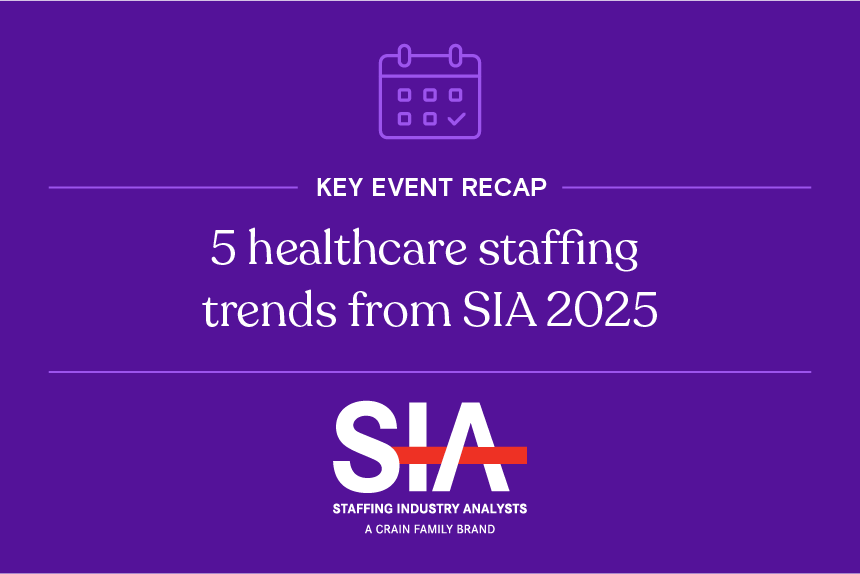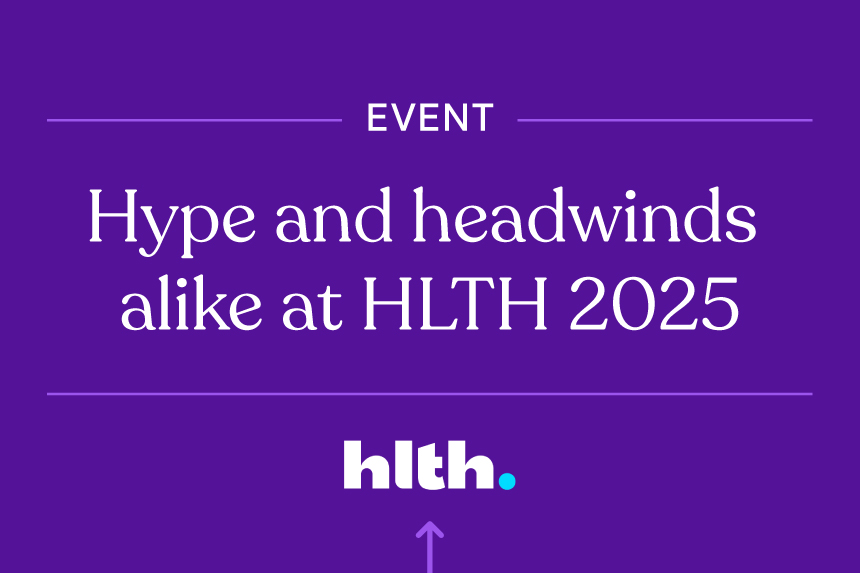If 2025 was the year of policy disruption, 2026 will be the year of consequence. While many provisions of the “One Big Beautiful Bill Act” (OBBBA) don’t take effect until 2027, hospitals are already bracing for financial and operational impacts. From coverage rollbacks to new administrative burdens, these changes will hit provider organizations next year with impacts both measurable and uncertain. In this environment, leaders will need data-driven market forecasting to understand where healthcare demand is heading and ensure their organizations are prepared for what comes next.
Healthcare funding shifts will reshape demand
The OBBBA tightens Medicaid eligibility and introduces new verification requirements projected to push millions off the rolls. The Congressional Budget Office estimates that more than 10 million Americans could lose or forgo coverage by 2034. Private marketplace premiums are expected to rise as enhanced subsidies phase out, further eroding affordability for lower-income consumers.
At the same time, the legislation dedicates $50 billion through 2030 to the Rural Health Transformation Fund, creating opportunities for investment outside major metros. While that funding may help some rural hospitals stay solvent, it offsets only about a third of rural Medicaid cuts and just 5% of total federal Medicaid losses.
Taken together, these changes point to several forces that will influence demand forecasting for healthcare providers in the years ahead:
- Coverage contraction: An expected rise in the uninsured rate, fall in Medicaid coverage, and increase in the uncompensated care burden.
- Insurance churn volatility: More frequent cycling on and off Medicaid due to new verification rules, creating less stable utilization patterns.
- Consumer behavior change: Deferred care and price-sensitive decision-making across insured and uninsured populations alike.
- Rising acuity and case complexity: Patients presenting later and sicker as costs rise and coverage erodes, driving higher-intensity encounters.
- Competitive realignment: Mergers, acquisitions, and closures that could reshape referral patterns and patient flows.
The uneven impact across providers
Not every provider organization will feel these forces equally. Demand forecasting in 2026 should reflect the realities of each organization, considering factors like geography, state Medicaid policy, size, payor mix, and other factors.
For instance, rural and safety-net providers will face the largest impacts under the OBBBA, with limited reserves and thin margins making them vulnerable to service reductions or even closures—moves that would reduce access across communities and shift uncompensated care to remaining providers.
Hospital and health systems in expansion states are also particularly exposed, as large Medicaid populations will be subject to new work and documentation requirements, creating steeper coverage losses. Rising out-of-pocket costs could also suppress elective and non-urgent care volumes, particularly in surgical specialties and preventive care.
By contrast, well-capitalized systems in non-expansion states may see opportunities to capture market share. Virtual care providers could also see increased demand as consumers seek lower-cost alternatives to traditional physician offices. With coverage less stable, price sensitivity could also drive patients toward urgent care.
Forecasting in this environment requires asking the right questions:
- Which service lines are most vulnerable?
- Where do we compete best?
- How will payor mix change, and what will that mean for key service line revenue?
- How resilient is our current capacity to absorb volume shifts or sudden surges?
Adaptive, scenario-based planning is the key to preparing for both risk and opportunity, including potential acquisitions or partnerships that can strengthen market position or expand capacity in a changing insurance landscape.
Building a modern demand forecasting framework
As the market becomes harder to predict, the question is no longer what happened last year, but what’s likely to happen next—three, five, or even 10 years into the future. A modern forecasting approach hinges on a structured, multi-layered framework grounded in both historical utilization patterns and forward-looking market and demographic signals. That means:
- Establish a clean baseline. Start with accurate, longitudinal data on historical volumes, service lines, and local demographics.
- Layer impact scenarios. Model multiple futures based on potential scenarios: coverage contraction, rural funding expansion, and commercial market instability.
- Map coverage transitions. Forecast enrollment shifts in Medicaid, Medicare, and commercial plans and track how those shifts translate into access or delay across service lines.
- Integrate geographic and access modelling. Use localized data to identify demand migration. For example, whether rural investments are drawing patients back to community hospitals or pushing referrals to larger systems.
- Conduct service line sensitivity analysis. Identify which specialties are most exposed to coverage or affordability changes (e.g., orthopedics, cardiology, GI).
- Align forecasts with operational levers. Translate modeled demand into resource allocation, workforce planning, technology investments, and partnership strategies.
By combining U.S. census population projections with historical procedure and diagnosis volumes, an adaptive forecasting approach can offer a forward-looking, data-driven view of future demand.
Informing provider strategy with market forecasting
Demand forecasting in this environment isn’t just finance—it’s strategy. Predictive accuracy can guide not only budget allocations but also market position, workforce retention, and long-term sustainability. Consider the following strategic implications:
- Capacity planning: Organizations may need to rebalance investments away from inpatient expansion toward outpatient, virtual, and hybrid access models.
- Workforce management: Uneven demand shifts across service lines might require more flexible staffing models and cross-training to mitigate utilization volatility.
- Partnership strategy: Aligning with community clinics, rural systems, and tech-enabled partners could help offset geographic and access fragmentation.
- Financial risk management: Forecasting must integrate payor mix risk and uncompensated care exposure into margin models.
Above all, leadership must recognize that demand forecasting is about understanding how population changes and shifts in patient and payor behavior will shape the market.
Succeeding in the OBBBA era starts with data
While every organization faces its own version of challenges under the OBBBA, one common need stands out: better data. Provider organizations that build adaptive forecasting frameworks and ground them in high-quality intelligence will be poised to weather the changes ahead. The systems that thrive won’t be those that guess right once, but those that learn fast, adjust often, and plan with precision.
Learn how Definitive Healthcare’s Market Forecast solution can help make that possible. Sign up for a demo.




